“Transformer-Like” Robots Are Replacing Humans in Construction
Tesla is planning to catch up soon.
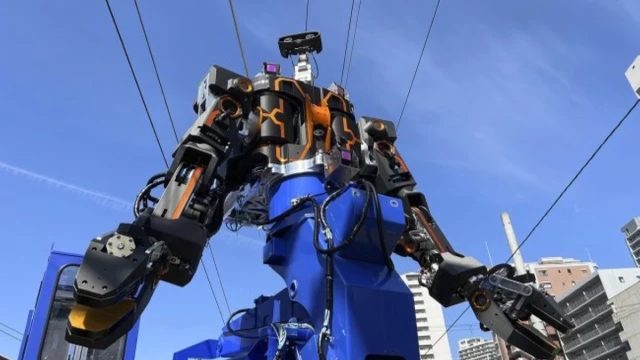
The Transformers—those multifunctional humanlike robots that have engaged millions of imaginations as cartoons, action figures and blockbuster summer movies—are no longer just a cute facet of childhood nostalgia. They’re the future of industry. A number of companies and academics worldwide are developing transformer-like humanoid robots to replace humans in construction and engineering. But this isn’t some dystopian nightmare. The goal is to make work that ranges from tedious to outright dangerous easier for humans, a technological advancement similar to electricity or computing. Read on to find out how and where it’s becoming a reality.
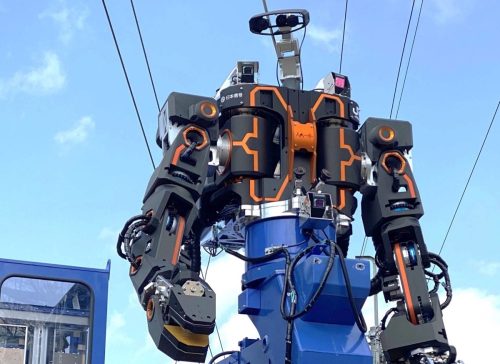
A Japanese robotics startup named Jinki Ittai has introduced a giant humanoid robot which is designed to perform construction tasks, from assembling buildings to carrying out maintenance duties such as fixing power lines or replacing road signs, reported TechEBlog this week.
A human operator wears a VR-type headset to control the robot’s movements in sophisticated ways, applying force that the robot then articulates through its arms. It’s scheduled to be released to the market in 2024.
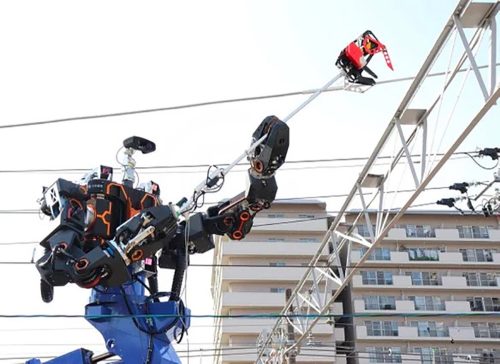
“There are two reasons why we are focusing on humanoid robots: one is the appearance, which appeals to so many people. Secondly, humanoid robots with two hands are the easiest to handle for humans,” said the founder and president of Jinki Ittai. “Many people think that robot technology wasn’t advanced enough then, but the technology did exist. The problem was that it had not been implemented in society. I decided to create something that we could use on a regular basis.”
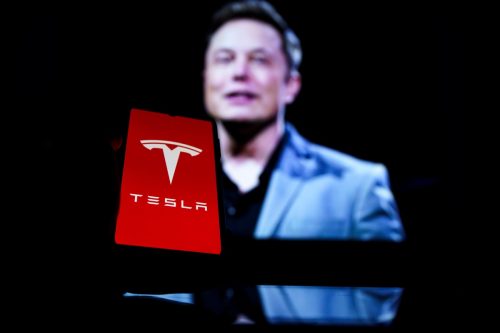
Tesla is also working on building its own next-level humanoids. In August 2021, Tesla CEO Elon Musk said the company would begin to develop humanoid robots designed to “eliminate dangerous, repetitive, boring tasks” from workers’ routines. Last week, Musk teased the prototype, nicknamed Optimus, with an image of silver robotic hands forming a heart and the date Sept. 30, 2022—Tesla’s second “AI Day.” This has ignited speculation that the prototype will be formally introduced then.
The robots are said to have humanlike figures and hands and stand about five-foot-eight, and at first will be programmed to perform basic repetitive tasks like manufacturing Tesla’s cars.
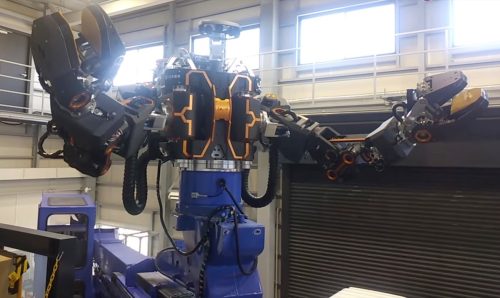
Musk has previously said that he wants to begin full-scale production of the humanoid robots in 2023 and that he’s prioritizing their development over Tesla’s trademark electric cars. “I suspect Optimus is going to be more valuable than the car long-term. It will turn the whole notion of the economy on its head,” he said.
RELATED: Earth is Spinning Faster than Usual and Here’s How it’s Already Affected You
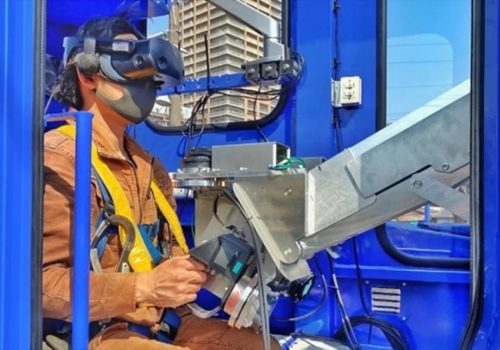
Also last August, the University of Michigan announced it had received a $2 million grant from the National Science Foundation to help robots “learn” from humans on construction sites. In a three-year program, humans will be paired with interactive robot assistants to develop machine learning programs that can make construction less arduous and dangerous for humans. “Robots are anticipated to make the global construction industry safer and more attractive to workers, easing a worker shortage in the U.S.,” said the university in a news release.
“Construction is much more dynamic and unpredictable than an environment like a factory, so we’re working to redefine the balance between human and robot workers,” said Carol Menassa, a professor of engineering at the university. “Humans and robots need to coexist, and that’s the premise of what we’re doing right now.”














